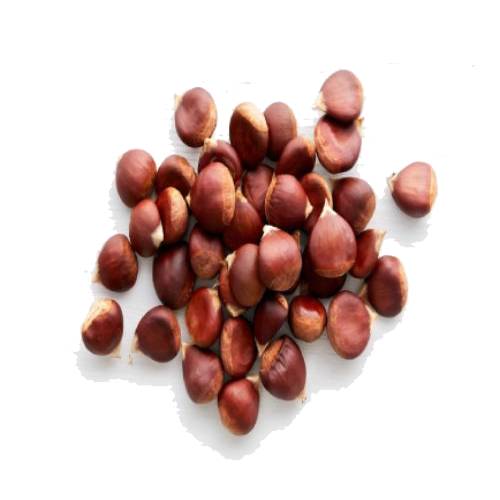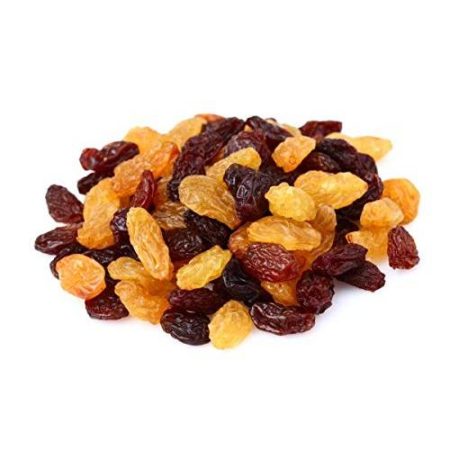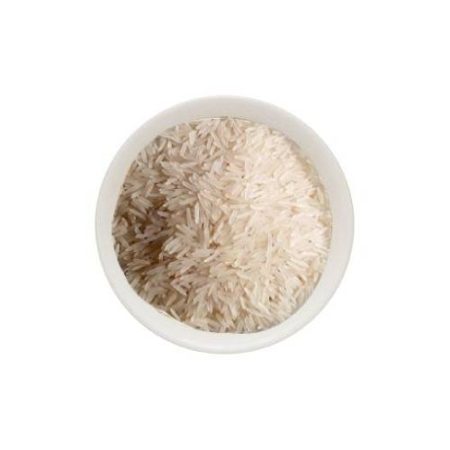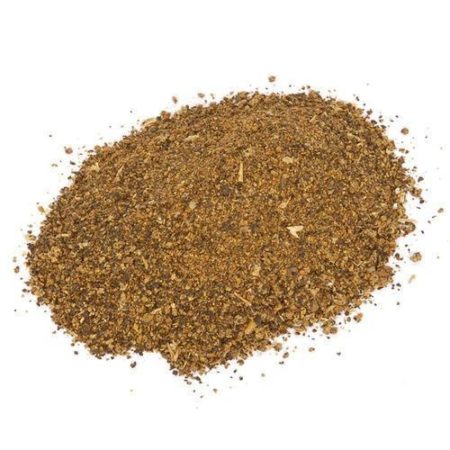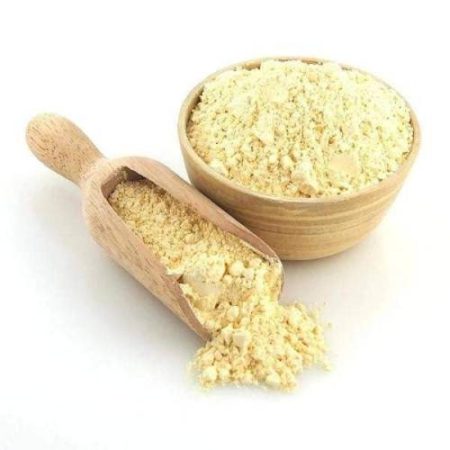Description
Chestnuts remain a good source of antioxidants, even after cooking. They’re rich in gallic acid and ellagic acid—two antioxidants that increase in concentration when cooked. Antioxidants and minerals like magnesium and potassium help reduce your risk of cardiovascular issues, such as heart disease or stroke.
Chestnuts have been a food source for thousands of years. They can be eaten raw, roasted, ground into flour, or mixed into pastries. They grow on trees in the genus Castanea, and many species in this group can live for an impressive 500 years or more.
Health Benefits
Chestnuts are rich in vitamin C, which makes them unique among nuts. In fact, half a cup of raw chestnuts gives you 35 to 45 percent of your daily intake of vitamin C.
Chestnuts lose some of their vitamin C if you boil or roast them, but still have anywhere from 15 to 20 percent of your daily intake for this healthy vitamin. To retain more vitamin C in chestnuts when cooking, you can roast them at lower temperatures or use a food dehydrator to dry them.
Chestnuts remain a good source of antioxidants, even after cooking. They’re rich in gallic acid and ellagic acid—two antioxidants that increase in concentration when cooked.

